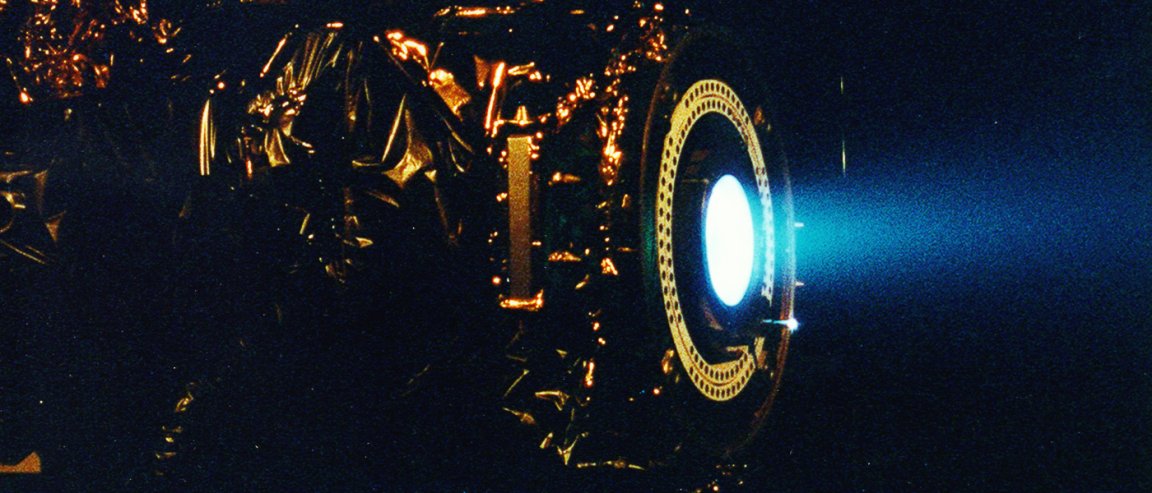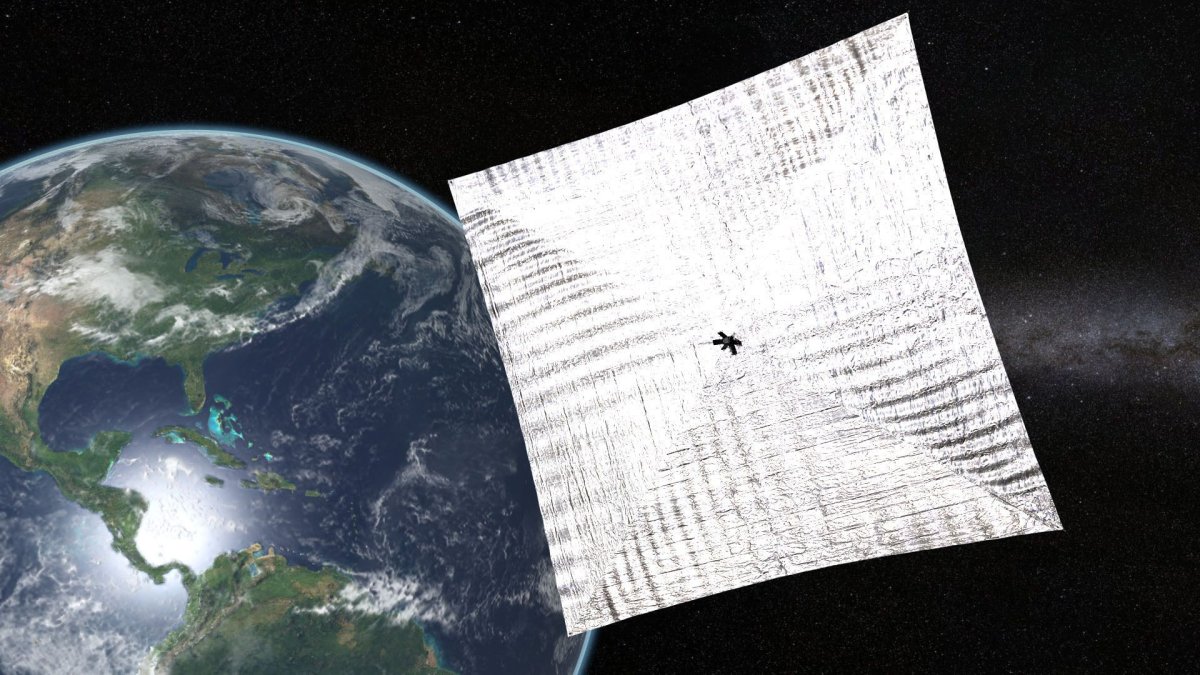
The Power of Propulsion
Space has always been a frontier where we expect the most advanced technologies and the most brilliant innovations to be employed. But for all that expectation, development has seemed to have stalled in one area: propulsion.
We may play with the engines, but we still push rockets into space by burning fuels. Change may be coming, though, as NASA is studying several conventional and unconventional methods of deep space propulsion in anticipation of future missions.

Here is a rundown of the technology that will be pushing the boundaries of space propulsion very soon.
Chemicals
Ah, the good old liquid fuels. A staple since the advent of the space age, these fuels have been in development for 90 years already. But even after all that time, chemical fuels are still around and will be for the foreseeable future. Unfortunately, we’ve done about all we can to make traditional chemical propulsion methods as efficient as possible.
We’ll need to develop more advanced chemical systems that make use of high energy density propellants and more advanced engine cycles if we want to use chemical propulsion for longer-term missions that would require a higher thrust-to-weight ratio. If we do make it to Mars using this propulsion methods, we will likely see astronauts splicing polar ice caps for hydrogen fuel to make the trip back home.
Electrothermal
More commonly associated with thrusters that orient rather than propel, these engines create super-heated plasma using electrical energy and push it through a supersonic nozzle. They’re ideal for longer missions as they don’t require the storage of volatile chemicals, and they are also fairly simple to make.
Since the 1970s, electrothermal engines have been used in Russian satellites, so we’ve had plenty of time to improve the technology. However, because they produce a very low level of thrust, they don’t have as many potential uses as some of the other propulsion methods.
Ion Drive
A low-thrust, long-term design, ion drives work by ionizing unreactive fuels (such as xenon), accelerating them using electrical fields, and then shooting them out into space. They are very slow at picking up speed, but can deliver 10 times as much thrust as a chemical rocket in the long run.
This type of propulsion has already been used on a number of spacecraft, including dozens of Earth-orbiting satellites and ones that have traveled as far as dwarf planet Ceres, so we know that they can work. Unfortunately, they do require a huge amount of electricity, which is typically provided by solar cells or a nuclear reaction.
NASA is currently working on several new systems, including the NASA Evolutionary Xenon Thruster (NEXT) and the Annular Engine, so this type of propulsion will be used to help us explore space even more frequently in the future.
Solar Sails
The ability of light to produce force was first discovered in 1873, and this innovative propulsion method works by having photons push a solar sail, thus propelling a craft forward. It would eliminate the need for heavy fuels or bulky engines, and the technique has already been proven effective by the LightSail project and Japan’s IKAROS project.
However, building the huge solar-relays such a system would need isn’t easy, and the farther away from the Sun this type of rocket travels, the less efficient the system becomes. Some have proposed using a massive laser to propel a spacecraft in the direction of a nearby star, but those designs are still very much in the planning stages.

Plasma
A variation on ion drive technology, this engine has magnetic currents and electrical potentials that accelerate ions in plasma to generate thrust. Despite the concept being more than half-a-century old, no one has yet to launch a spacecraft with this type of propulsion system beyond our atmosphere.
However, the Ad Astra Rocket company in Texas is currently working on the VASIMR, the world’s biggest plasma propulsion engine prototype. They predict that such a system could make the trip to Mars in just 39 days.
Thermal Fission
Some may say an extension of the nuclear obsession, this engine would use conventional fission to heat a propellant and generate thrust. The NERVA was a Nixon-era rocket that’s based on this idea, but it was scrapped before off-Earth testing could be done. Such propulsion systems have been tested on the ground, though.
This type of system would allow for very short trip times to Mars or other destinations, but we must first figure out a way to design a reactor that reaches the necessary temperatures with minimum erosion and that meets all environmental standards set by the government when tested on the ground.
Fusion
Fusion propulsion involves compressing electrically charged particles and then accelerating them to the speed of light before they are forced out of the rocket’s propulsion system. It is a highly researched propulsion method, and for good reason — such a system would cut the amount of travel time to Mars in half.
A couple of different fusion propulsion methods are in the works. Based on the idea of nuclear fusion, a continuous fusion engine would have atomic nuclei fuse, releasing energy as a result. While much more efficient than current systems, output from a fusion reactor is still out of grasp. A more plausible application of fusion would be pulsed fusion, provided nuclear testing bans are lifted. Pulsed fusion would have controlled fusion explosions occurring in the engine, creating thrust from a small amount of fuel.
Nanospacecraft
Rather than focusing on finding ways to move the spacecraft we currently have, some are focusing on designing crafts that would be easier to propel. Nanospacecraft are much smaller probes and satellites, which means they wouldn’t need the same level of propulsion as their larger counterparts. CubeSats, FemtoSats, and even the idea of the Breakthrough Starshot depend on smaller vessels.
Some of these craft are so small, their engines could fit on a single silicon chip. While they wouldn’t be large enough to transport astronauts, they could help us retrieve data on far away planets or other celestial bodies.
Antimatter
The most efficient of any of these designs, an antimatter engine would be able to convert up to 75 percent of fuel mass into energy. It creates this propulsive energy by forcing atomic particles to collide with their antiparticles. The problem is that generating a usable amount of antimatter has not yet been done — so far, we’ve only been able to create it in particle accelerators in amounts that wouldn’t be enough to boil a cup of water, let alone propel us anywhere.
If we are able to find a way to produce the stuff in greater quantities, NASA researchers estimate that just 10 thousandths of a gram could propel a craft to Mars in just 45 days.